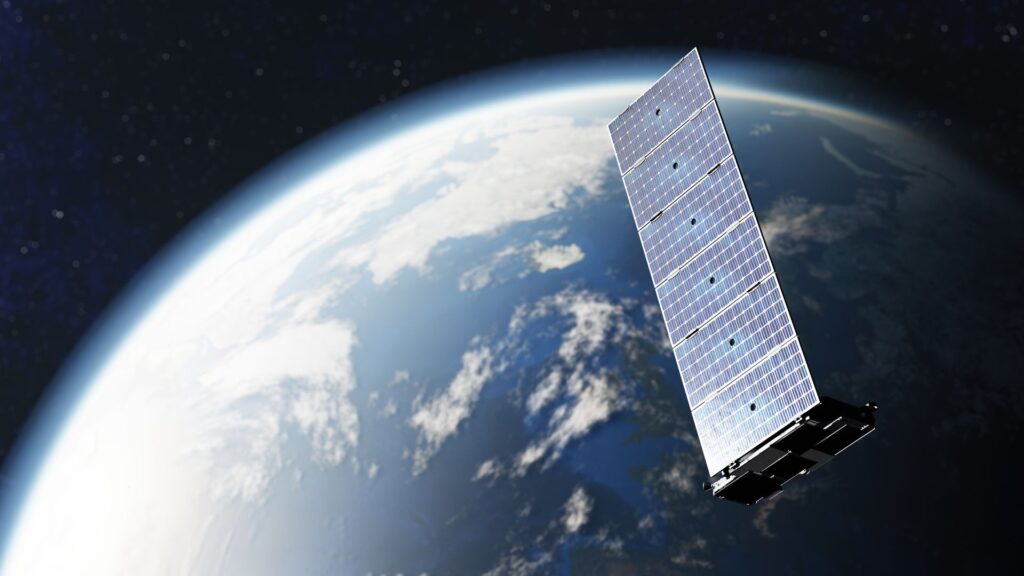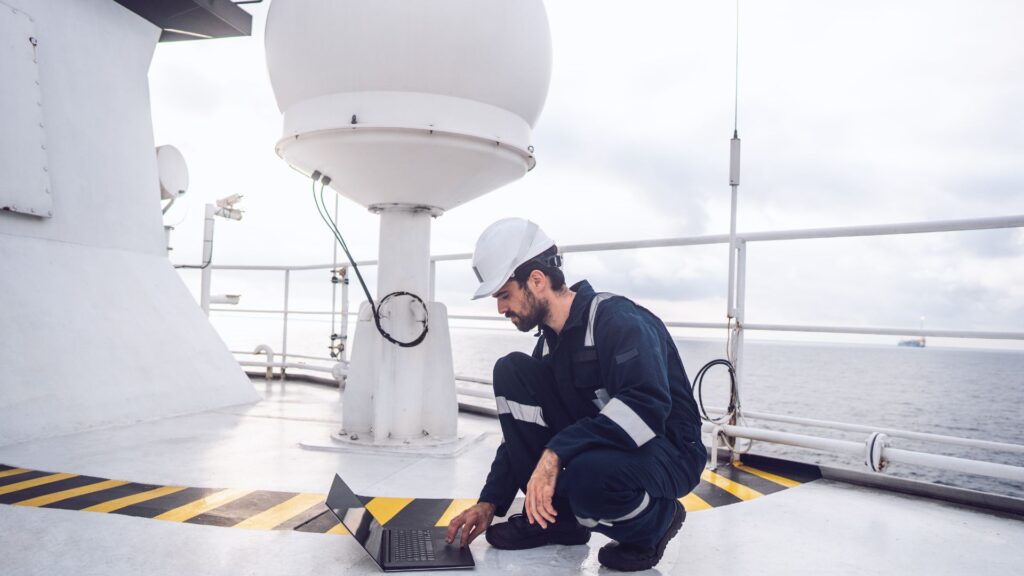Starlink vs. Traditional VSAT Systems in the Oil and Gas Industry
Traditional VSAT systems have long been the go-to solution for remote connectivity, but Elon Musk’s Starlink satellite communication is emerging as a disruptive force. In the fast-paced world of the oil and gas industry, reliable and efficient communication is crucial for successful operations.
Let’s explore how Starlink is changing the game and revolutionizing connectivity in the oil and gas sector.
Reliability and Redundancy
One of the key differentiators between Starlink and traditional VSAT systems is the reliability and redundancy offered by the former. Starlink boasts a constellation of low Earth orbit (LEO) satellites, providing a more robust and dynamic network. It’s low latency ensures a more responsive and reliable connection, vital for critical operations in the oil and gas industry. Traditional VSAT systems, relying on geostationary satellites, often face latency issues due to the longer signal travel distance.
Global Coverage
While traditional VSAT systems offer global coverage, the deployment of ground infrastructure in remote locations can be time-consuming and expensive. Starlink, on the other hand, leverages its satellite constellation to provide global coverage without the need for extensive ground infrastructure. This is a game-changer for the oil and gas industry, where operations often take place in remote and challenging environments.

Scalability and Flexibility
Traditional VSAT systems require meticulous planning and installation, making them less flexible and scalable. Starlink, with its constellation of satellites, allows for quicker deployment and scalability, making it an ideal solution for dynamic operations in the oil and gas sector. The ability to easily scale up or down according to the project’s needs ensures optimal connectivity without unnecessary infrastructure costs.
Too Good To Be True?
While Starlink satellite communication offers several advantages, it’s important to consider potential disadvantages and challenges associated with its use.
Lack of Control Over Equipment
Starlink users are required to use the provided user terminal and related equipment. This lack of control over the hardware may be a disadvantage for users who prefer customization or have specific hardware requirements.
Limited Bandwidth and Data Caps
Starlink has initially implemented data caps to manage the load on its satellites. Users exceeding their allocated data limits may experience reduced speeds, impacting the reliability of the connection. This limitation might be a concern for businesses with high data usage requirements.
Limited Coverage in Polar Regions
Due to the inclination of Starlink’s satellite orbits, coverage in polar regions may be limited. This could be a disadvantage for industries or research activities that operate in these areas.

As the oil and gas industry continues to evolve, Starlink’s continuous innovation and commitment to improving its satellite communication technology provide a glimpse into the future of connectivity. Starlink’s disruptive technology, with its global coverage, low latency, scalability, and cost-effectiveness, presents a compelling alternative to traditional VSAT systems.
Vivo Asia is an expert team of engineers and technicians who have been providing VSAT communication systems for the oil and gas industry. We are able to assess your requirements and offer our professional advice on the use of Starlink vs. Traditional VSAT Systems.
